During 1916 at Farnborough in the UK, the first of several buildings that would house experimental wind tunnels were built and would propel the country to the forefront of this new and emerging field of aerodynamic research.
Within the building designated as R52, initially two seven-foot wooden tunnels were housed and were designed to look into the forces exerted on the structural integrity of wings, tail fins and airframes by the pressures of high speed air flow. This branch of physics was known as aeroelasticity. Other uses for the tunnels would see bomb shapes tested to ensure efficient release characteristics, testing was also carried out on the UK’s first atomic bomb casing.
R52 was in operation during the early years of the twentieth century at a time when Great Britain was fighting in the skies over northern Europe towards the end of the First World War. The importance of the work carried out at the site grew with the onset of war and the name was changed to the Royal Aircraft Factory. Many new experimental planes were designed and tested here and a huge amount of data was collected that resulted in Britain creating some of the most superior aircraft of the era.
The name was changed again to the Royal Aircraft Establishment once the focus had shifted from the manufacture of planes to pure research. With manufacturing now taking place off-site the engineers could focus entirely on pushing forward Britain’s knowledge in this highly specialised field. Scale models of entire planes or parts like aircraft sectionals, bombs, missiles and other vehicles like cars and boats were tested for their aerodynamic properties. The R52 building remains the oldest structure in the world that was built for the purpose of aerodynamic research.
Across the road in the Low Speed (subsonic) 24′ Tunnel within the Q121 building (built in 1933), entire prototype planes could be suspended within the airflow and tested for flightworthiness without endangering the life of a test pilot. The RAE worked on highly secretive military projects, the knowledge gained by the scientists and engineers who worked there was a tightly guarded secret. Some of the key people who worked there went on to form companies that became household names, companies such as Rolls Royce and The DeHavilland Aircraft Company.
The Q121 tunnel is an open return type tunnel in that it forms a loop layout (return) with the testing area (the working section) situated in a gap between the enclosed parts tunnel. The air was accelerated by a fan and motor assembly that sucked the air flow into the main tunnel duct following the working section. The air-flow was then guided around the four ninety degree turns using a set of carefully crafted air turning fins at each corner within the loop. After the air had passed through the final turn it was accelerated through a narrowing section of tunnel (the jet) and across the working section where the testing took place. The air-flow was then sucked back into the fan and through the loop again.
The importance and place in world history the RAE occupied cannot be underestimated and its influence over the future of all aspects of aircraft design was huge. The world owes a huge debt of gratitude to the engineers and scientists who worked here and who helped usher in the jet age that followed.
Today these majestic feats of engineering are mostly locked away from public view slowly gathering dust. Occasionally they are opened up for public viewing and people eagerly wait in line for the chance to walk through the buildings dark, strange and otherworldly interiors. Fortunately both buildings have been given Listed status and are protected heritage.
Check out all the beautiful images below where time has stood still.
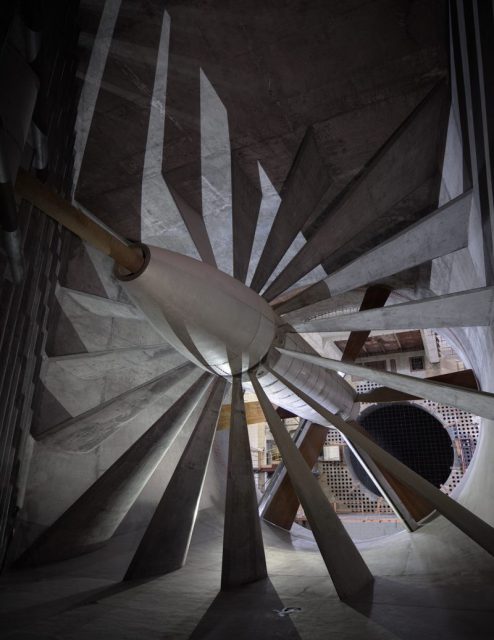
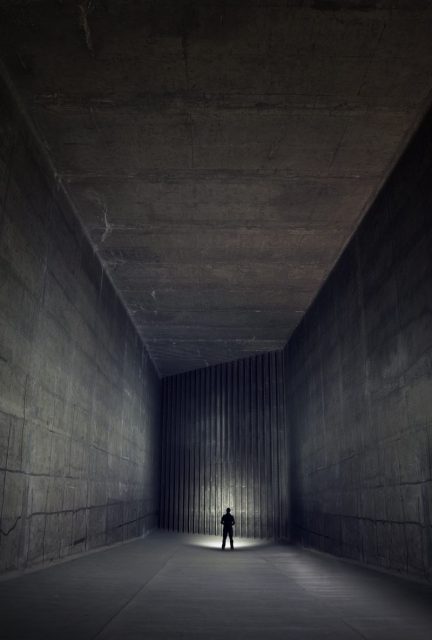
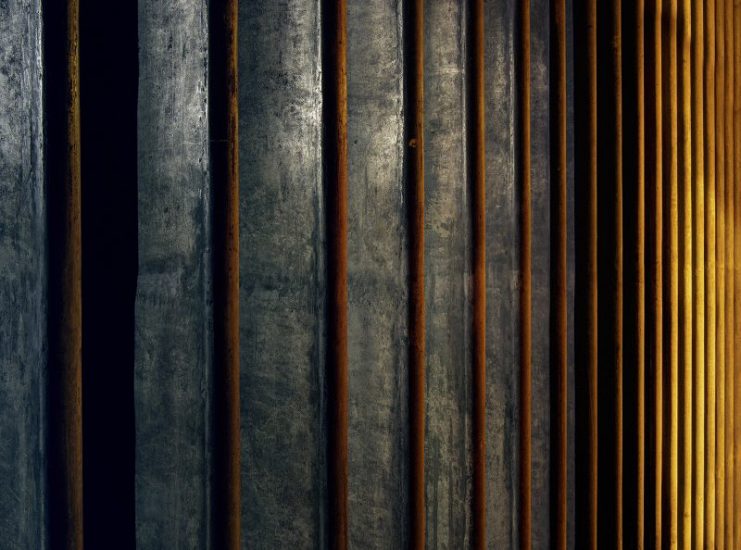
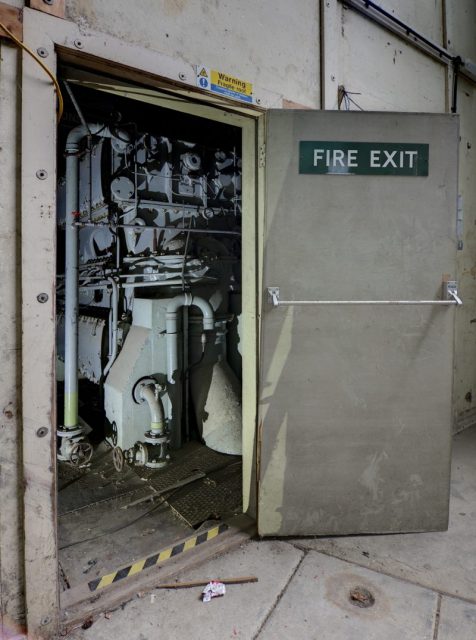
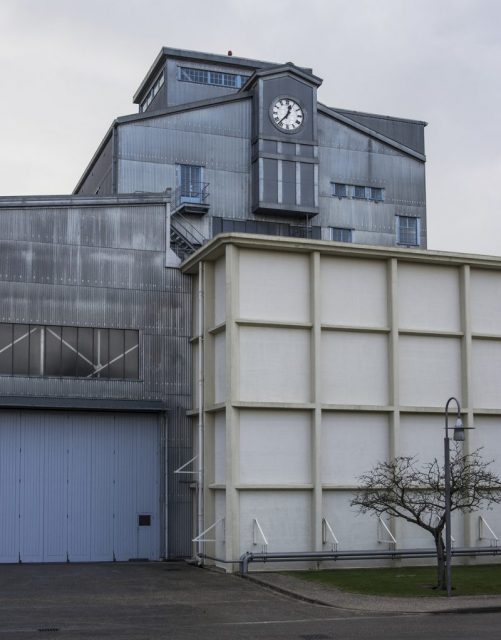
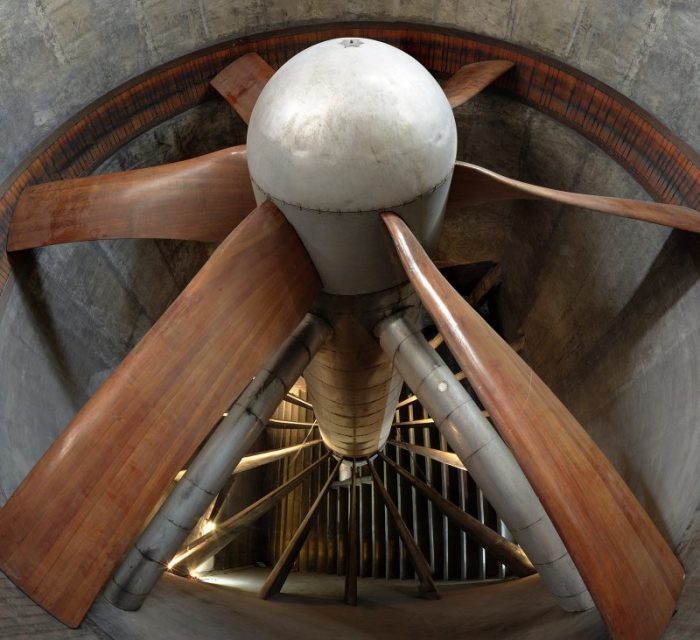
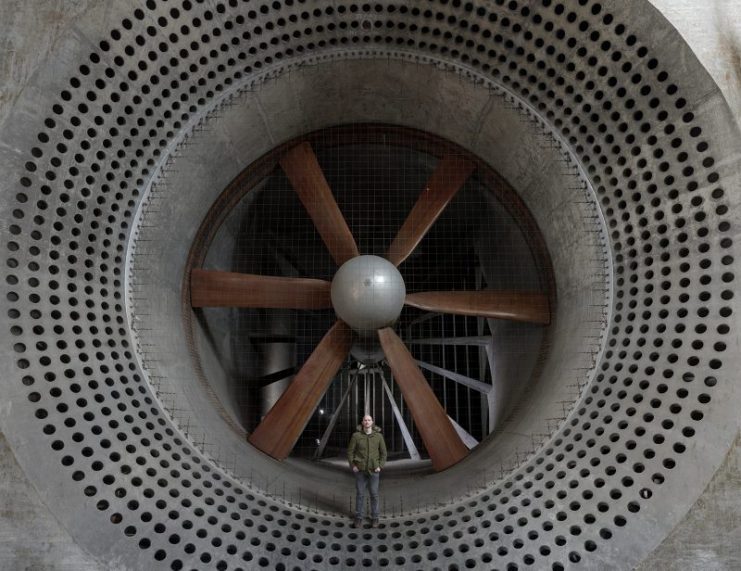
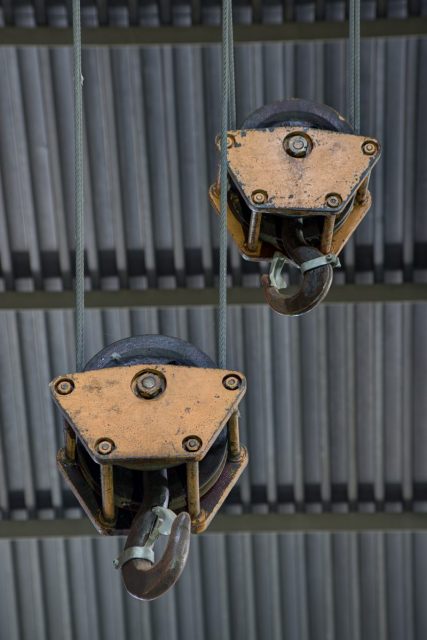
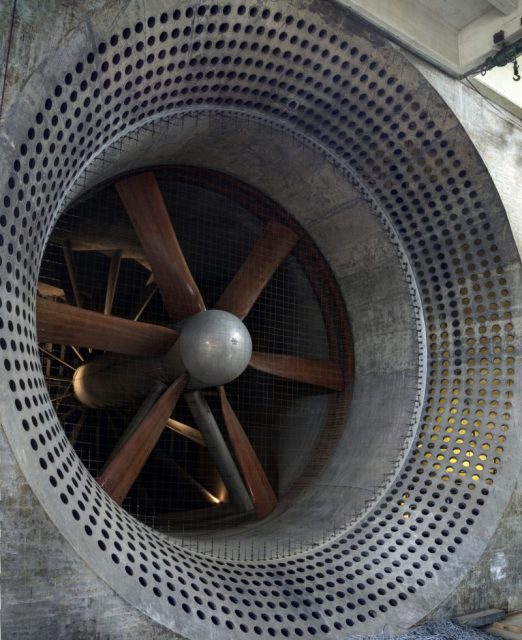
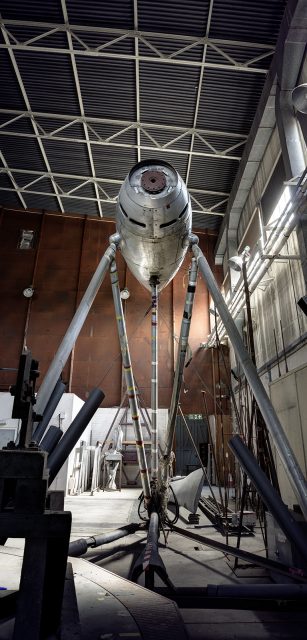
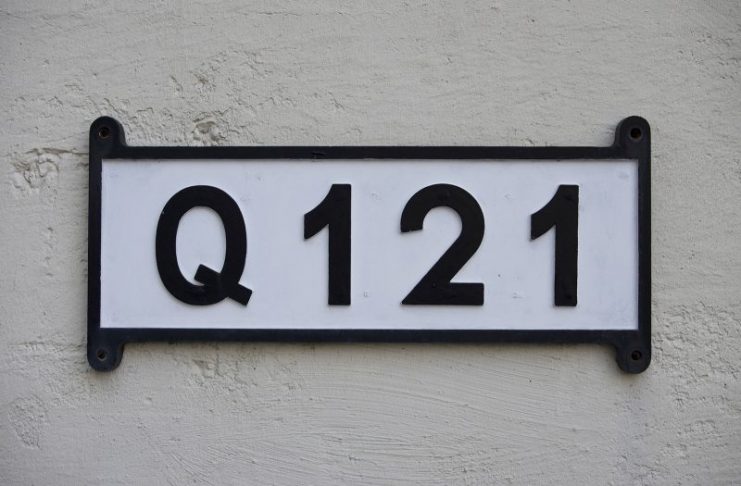
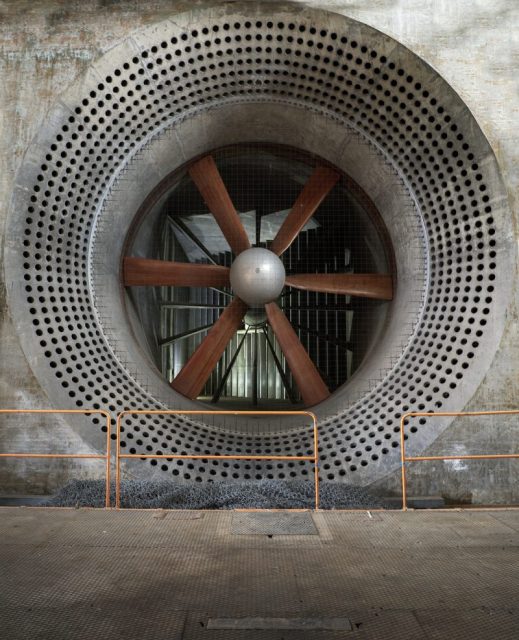
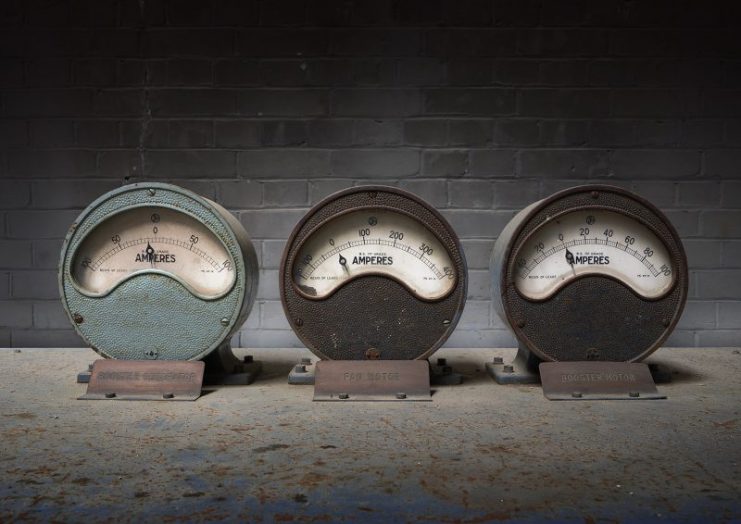
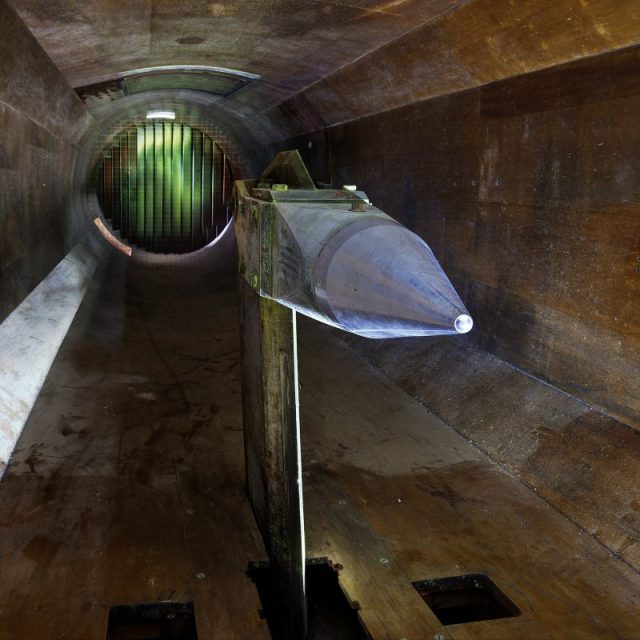
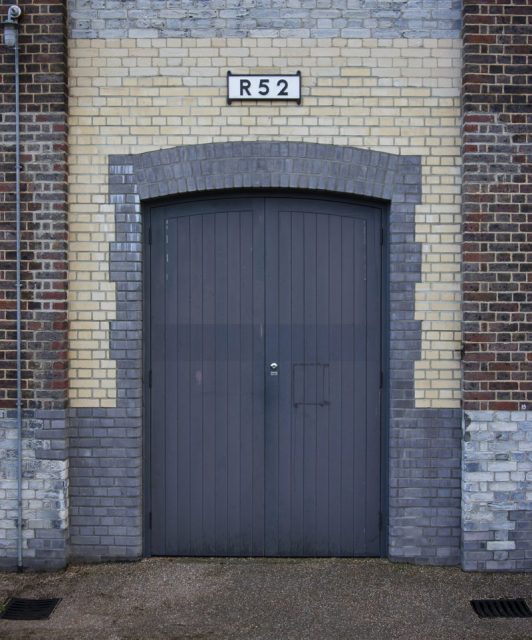
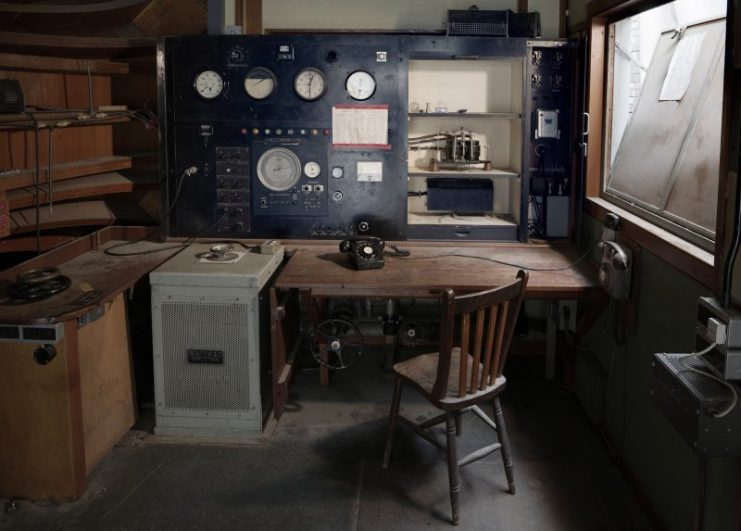
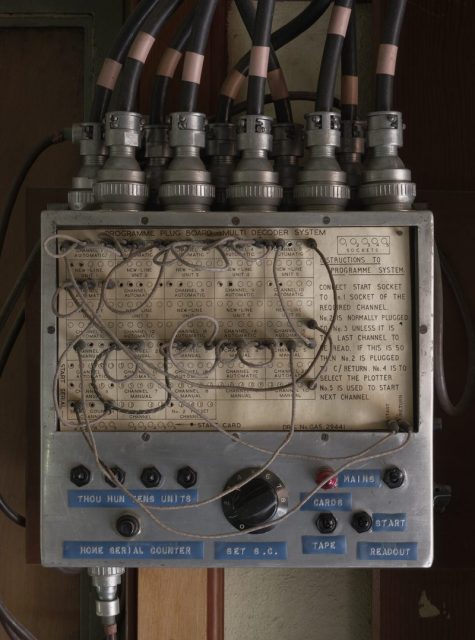
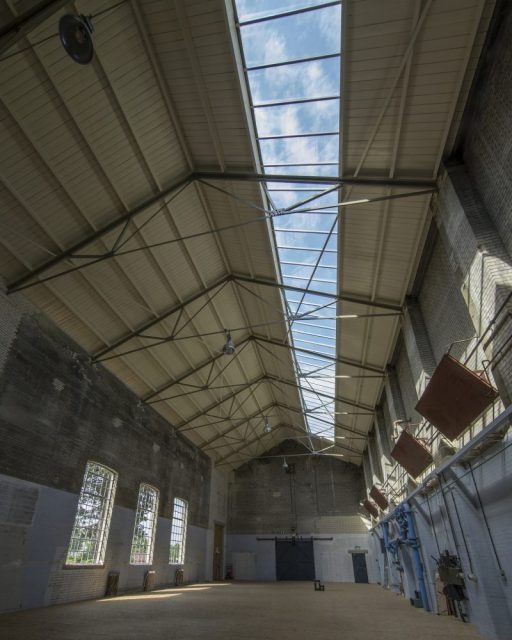
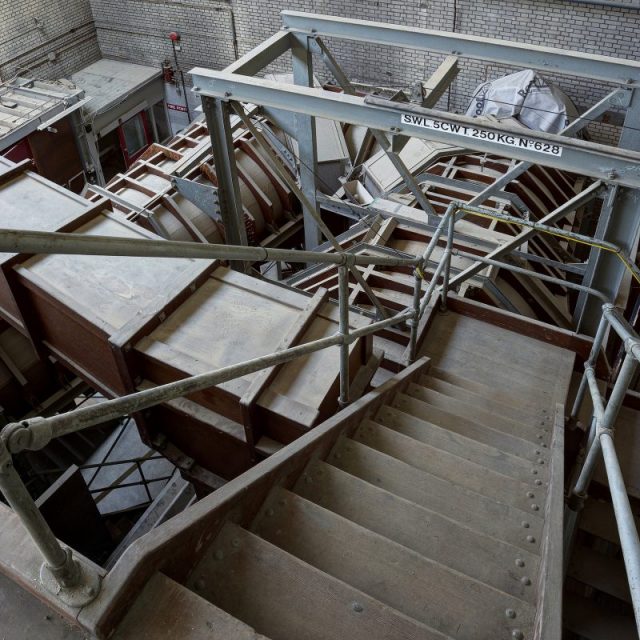
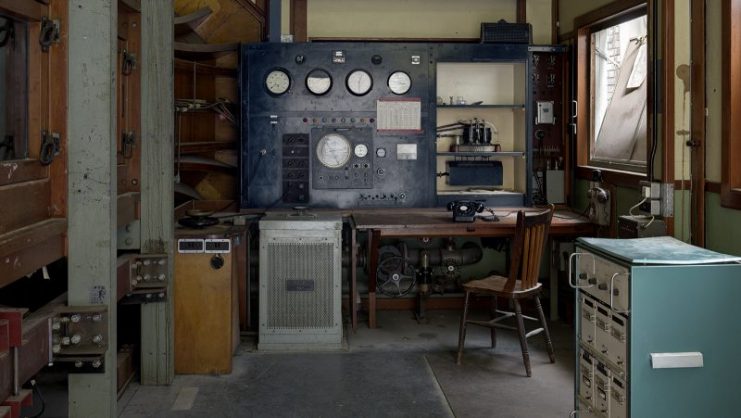
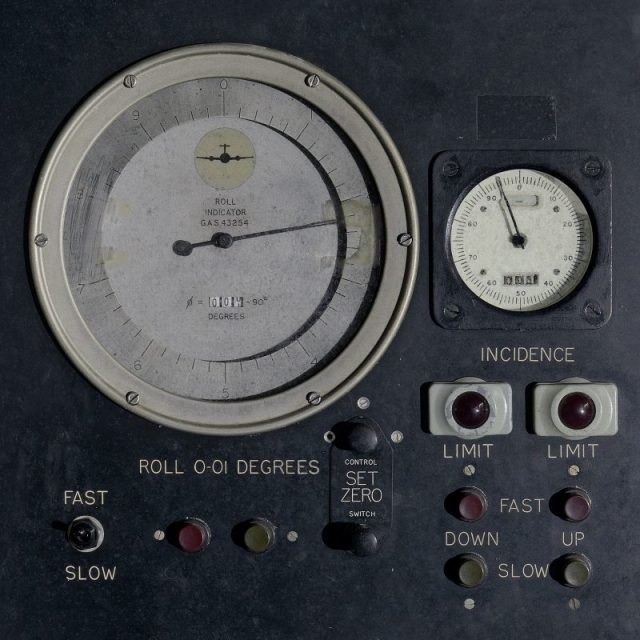
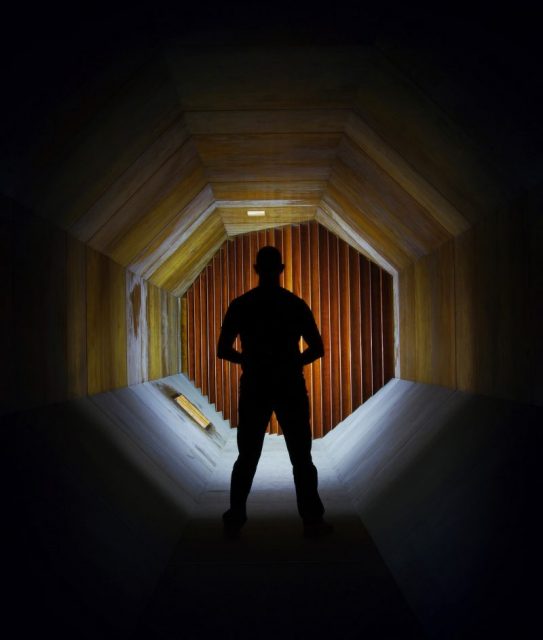
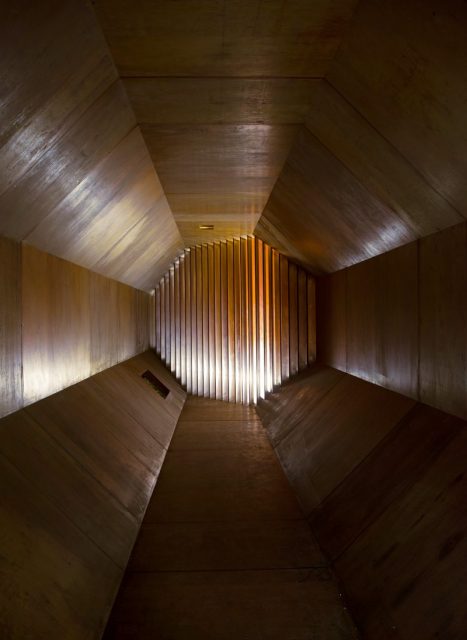
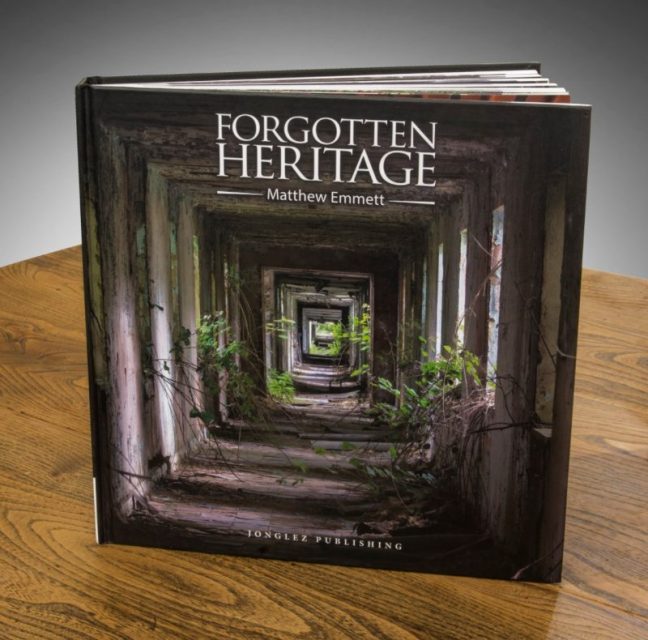
My first book Forgotten Heritage is available in bookstores and online now: link
www.instagram.com/forgottenheritage
www.facebook.com/ForgottenHeritagePhotography
The photographer, Matt Emmett of Forgotten Heritage has been obsessed with the historic built environment since 2012 and has travelled across Europe to capture buildings with interesting back stories and important histories, often whilst they face the changes that redevelopment brings or indeed the finality of demolition. More of his work can be found at the links above – make sure you follow his Facebook page for more of his work.
